If you or a close one is living with a Vascular Malformation, you’re probably looking for information on how to best care for it. You’ve come to the right place. In this comprehensive guide, we’ll discuss everything from diagnosis to general principles of treatment. We’ll also cover some of its more common clinical features of it.
What Is a Vascular Malformation?
It is an abnormal growth of blood vessels. This can happen in any part of the body but most commonly occurs in the skin or lining of the brain.
Vascular Malformation can be either acquired.
There are three types of vascular malformations:
- Capillary malformations: They’re usually harmless and don’t require treatment.
- Venous malformations are abnormal veins that are usually large and blue in color. They can occur anywhere but are most commonly found in the legs of the body. Treatment is usually only required if they’re causing pain or discomfort.
- Lymphatic malformations: These abnormal lymph vessels commonly occur anywhere in the body but are found in the neck area. Treatment is usually only required if they’re causing pain or discomfort.
What Are the General Principles of Treatment for Vascular Malformations?
The goals of treatment for Vascular Malformation are to:
- minimize pain
- improve function
- reduce the risk of bleeding
- prevent or delay the advancement of the disease.
Some common treatment options include:
- surgery
- sclerotherapy
- laser therapy
If you have a vascular malformation, it’s important to work with a team of specialists to develop a treatment plan that’s right for you- Dr. Achintya Sharma is the expert vascular surgeon you can near you.
What Are Some of the Clinical Features of Vascular Malformations?
One of the clinical feature is that it can be quite painful. This is because the malformation puts pressure on the surrounding tissues and nerves. In addition, the malformation can also cause bleeding and bruising.
Another clinical feature is that vascular malformation can cause problems with the function of surrounding organs. For example, if the malformation is located near the brain, it can cause seizures or paralysis. If the malformation is located near the heart, it can cause arrhythmia or heart failure.
How Can I Find a Vascular Surgeon Near Me?
The best way to find a vascular surgeon is to ask your first care physician for a referral. You can also ask your insurance company for help. Once you have a list of potential surgeons, you can research their credentials and experience to find the best fit for you.
Vascular Malformation Treatment should done at right time to avoid major problems in future.
Conclusion:
Vascular malformations can be a real pain, but with suitable treatment, you can manage them and keep them under control. If you are searching Vascular Surgeon Near Me, you are at the right place- Dr Achintya Sharma has skilled experience and can help you with your pain.

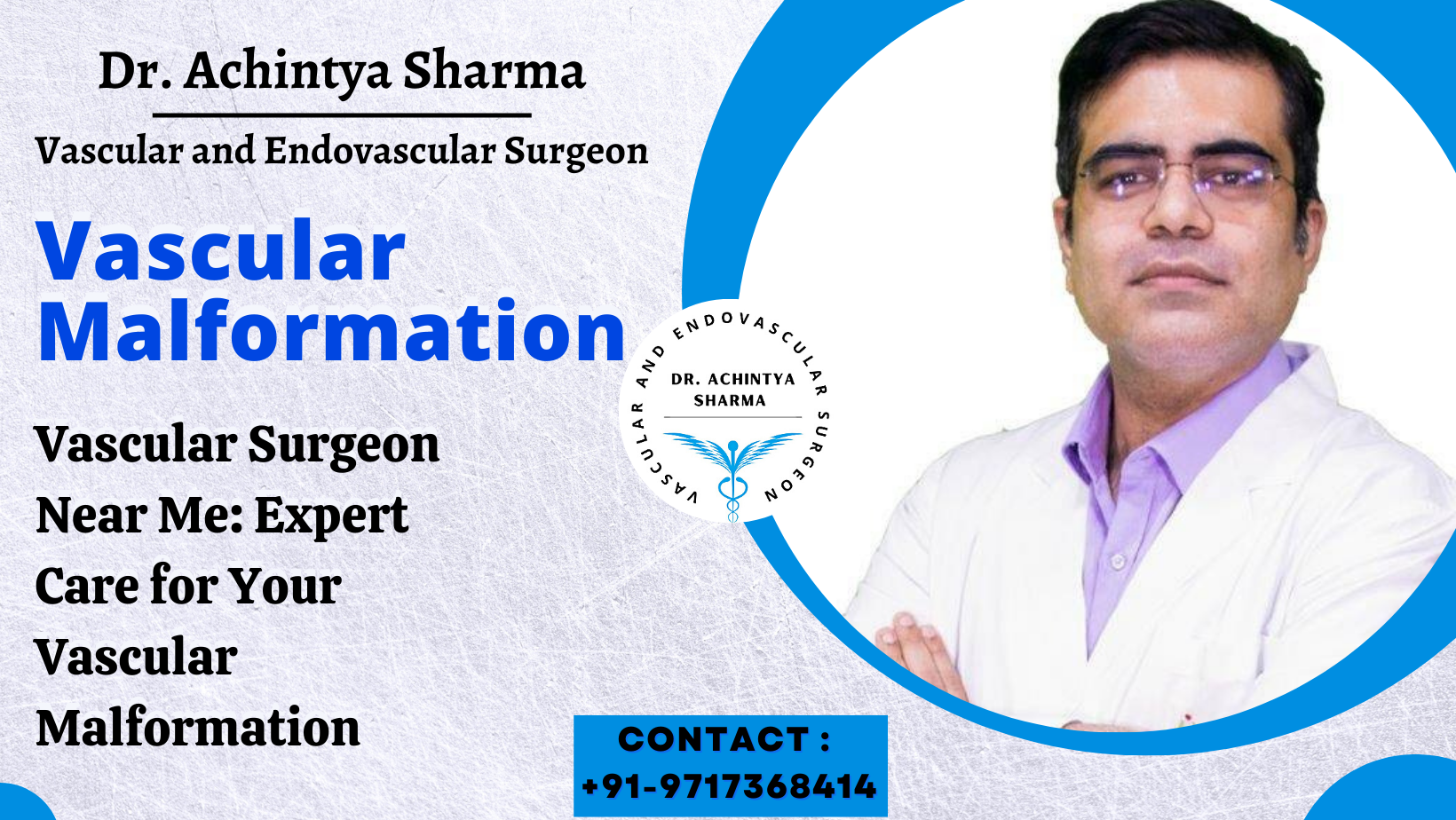
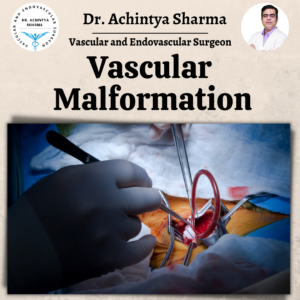

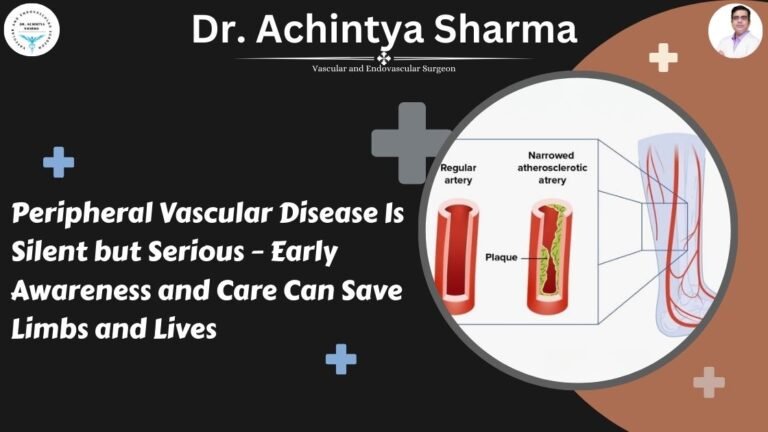
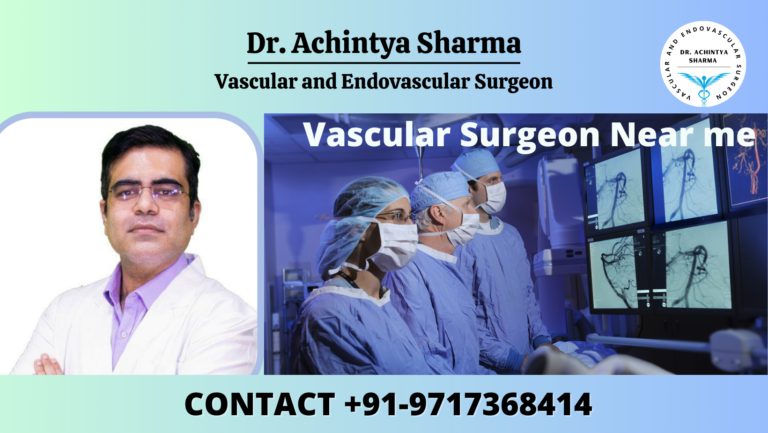
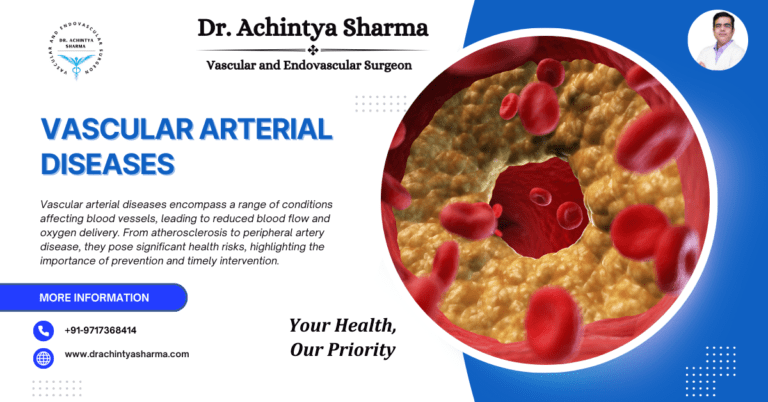
Thanks to my father who informed me concerning this blog, this blog is in fact remarkable.